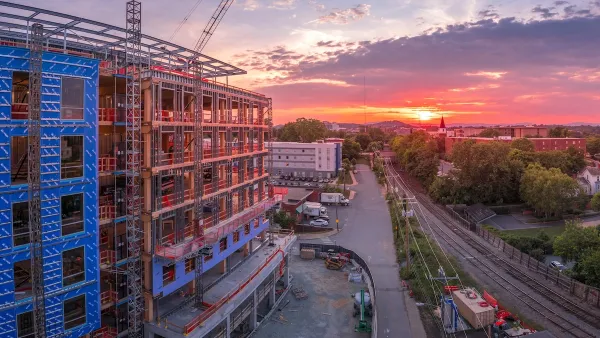Anil Dash examines how public spaces are less valued when they are owned by private companies as evidenced in New York City.
Since New York City adopted a zoning program in 1961 allowing commercial buildings to exceed zoning constraints if they accommodated Privately-Owned Public Spaces (POPS), only a fraction of the spaces contructed under that program can be considered valuable and deemed successful, writes Dash.
According to the NYC Department of City Planning, "Approximately 16 percent of the spaces are actively used as regional destinations or neighborhood gathering spaces, 21 percent are usable as brief resting places, 18 percent are circulation-related, four percent are being renovated or constructed, and 41 percent are of marginal utility."
Dash observes that most POPS in midtown Manhattan are housed in large office tower atriums with limited hours in which the space is available to the public. "These public spaces, then are Captive Atria. They're ostensibly "public" spaces which, by nature of being owned by a corporation, are held captive to that company and thus fail in their intended use as public space. "
Dash draws similarities between privatized physical space and the internet, where he sees a rise in virtual space being monopolized by private owners.
FULL STORY: Captive Atria and Living in Public

Maui's Vacation Rental Debate Turns Ugly
Verbal attacks, misinformation campaigns and fistfights plague a high-stakes debate to convert thousands of vacation rentals into long-term housing.

Planetizen Federal Action Tracker
A weekly monitor of how Trump’s orders and actions are impacting planners and planning in America.

San Francisco Suspends Traffic Calming Amidst Record Deaths
Citing “a challenging fiscal landscape,” the city will cease the program on the heels of 42 traffic deaths, including 24 pedestrians.

Defunct Pittsburgh Power Plant to Become Residential Tower
A decommissioned steam heat plant will be redeveloped into almost 100 affordable housing units.

Trump Prompts Restructuring of Transportation Research Board in “Unprecedented Overreach”
The TRB has eliminated more than half of its committees including those focused on climate, equity, and cities.

Amtrak Rolls Out New Orleans to Alabama “Mardi Gras” Train
The new service will operate morning and evening departures between Mobile and New Orleans.
Urban Design for Planners 1: Software Tools
This six-course series explores essential urban design concepts using open source software and equips planners with the tools they need to participate fully in the urban design process.
Planning for Universal Design
Learn the tools for implementing Universal Design in planning regulations.
Heyer Gruel & Associates PA
JM Goldson LLC
Custer County Colorado
City of Camden Redevelopment Agency
City of Astoria
Transportation Research & Education Center (TREC) at Portland State University
Jefferson Parish Government
Camden Redevelopment Agency
City of Claremont



























